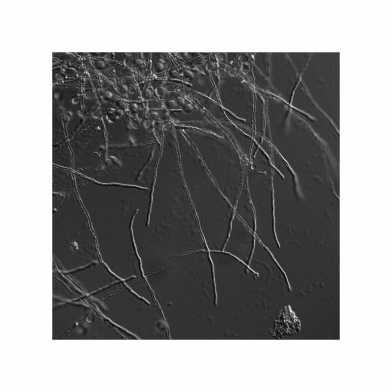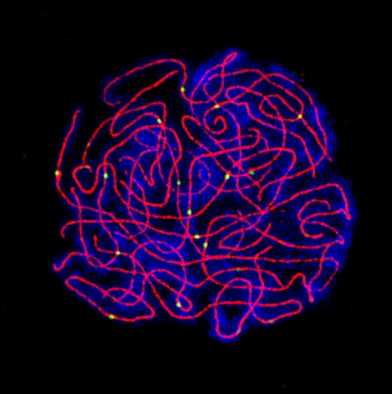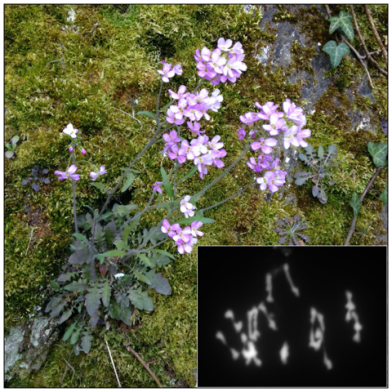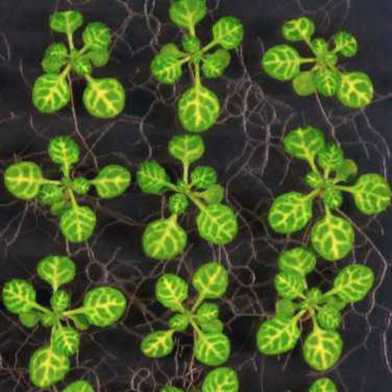2021
Two Is Company, but Four Is a Party — Challenges of Tetraploidization for Cell Wall Dynamics and Efficient Tip-Growth in Pollen

Plant reproduction requires pollen grains to generate long tubes to fertilise the egg cells. Steady pollen tube growth and controlled rupture are crucial events that require tight coordination of tip growth and cell wall stability at the cellular level.
A tango with four: Evolutionary modification of crossover interference enables stable autopolyploidy

How do you do meiosis with four copies of every chromosome instead of two? A recent "Current Biology" paper by the Bomblies group (IMPB) with collaborators Nancy Kleckner (Harvard) and others, presents a new model suggesting increased crossover interference is key in stabilizing polyploid meiosis.
A coarsening model for meiotic crossover interference

A study published in Nature Communications, from a collaboration between the Bomblies lab (IMPB) and colleagues at the John Innes Centre and Cambridge University in the UK, presents a new model for how meiotic crossover interference, which is important in chromosome segregation, could work.
Recombination and chromosome pairing vary with seasonal temperature in nature

A recent "Molecular Ecology" paper by the Bomblies group (IMPB) shows that meiotic recombination rate, as well as abnormal chromosome associations that can lead to aneuploidy, co-vary with temperature across a growing season in wild populations of a tetraploid plant, Arabidopsis arenosa.
microRNA cell-to-cell and vascular movement requires the Arabidopsis EXPORTIN5 ortholog

In a recent EMBO Journal study the Voinnet group (IMBP) identifies the Arabidopsis EXPORTIN5 ortholog as the first component required for both cell-to-cell and long-distance movement of plant microRNAs. This work clarifies a process that, while agronomically important, had remained cryptic so far.